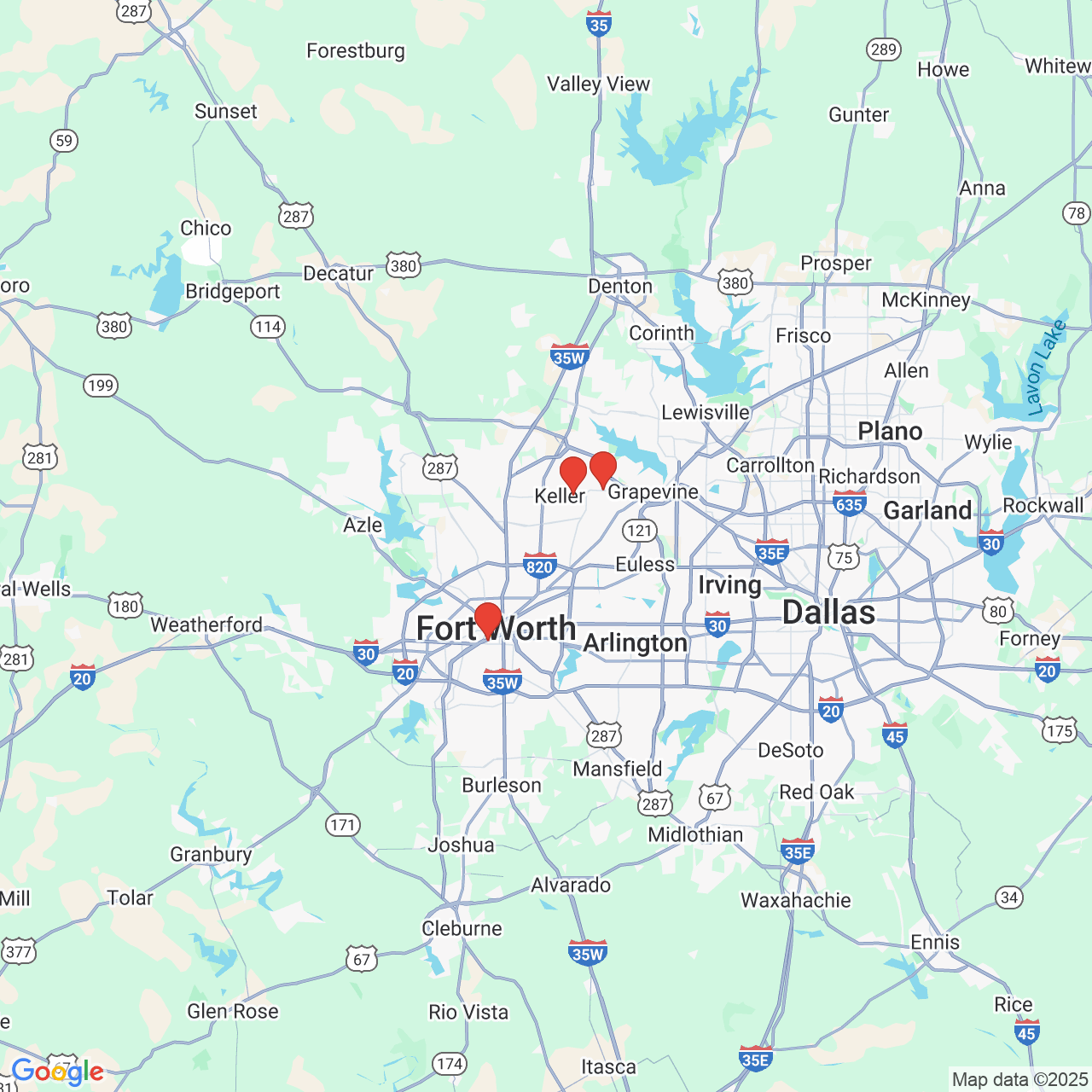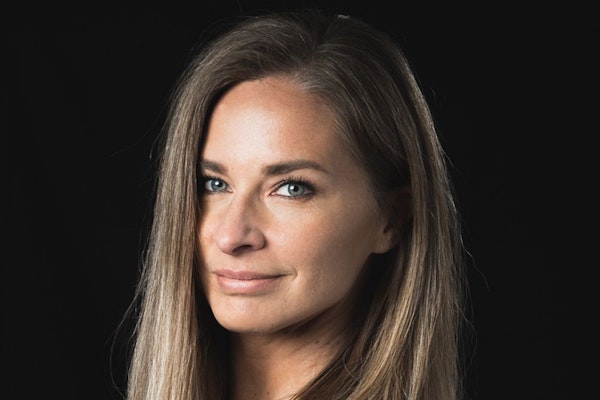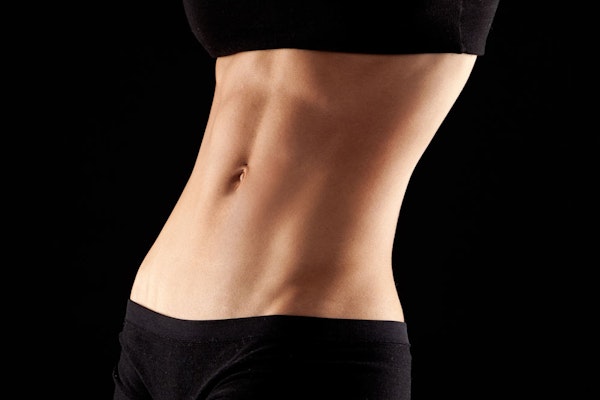Upper vs. Lower: Eyelid Surgery
 The eyes are generally one of the most noticeable focal points of the face. Having heavy eyelids or puffiness could not only cause discomfort and a lack of self-esteem, but it could also dramatically change the appearance of the face.
The eyes are generally one of the most noticeable focal points of the face. Having heavy eyelids or puffiness could not only cause discomfort and a lack of self-esteem, but it could also dramatically change the appearance of the face.
Skin loses its elasticity as it ages. The membranes near the eyeball can break, or loosen, which causes fat deposits to disperse in the eyelid. This can cause bulging and puffiness. But whether it’s due to age, genetics, or weight loss, heavy or puffy eyelids could make a patient look like they’re always tired. For older patients, a problem with the eyelids could cause an obstruction of vision.
To remedy this, many patients opt for eyelid surgery. While eyelid surgery is usually an aesthetic cosmetic procedure, upper eyelid surgery can also be performed to tighten hanging lids that are obstructing eyesight.
Also known as blepharoplasty or an eye lift, this surgery reduces puffiness or bagginess from the lower eyelids, or excess skin and fat from the upper eyelids. Both procedures include the removal of extra skin, muscle, and fatty tissue.
There are two types of eyelid surgeries: upper and lower. Dr. Vishnu Rumalla and her team at Tarrant Plastic Surgery in Fort Worth, Texas are experts in both types of eyelid surgery.
Upper Eyelids
Surgery for the upper eyelids is usually performed to remedy “sleepy eyes” or make the eyes look more alert by lifting the upper eyelid. During upper eyelid surgery, the surgeon makes an incision in the crease of the eye, or the natural fold that reaches from the inside corner to the outside laugh lines. Because the incision was made in a natural crease, scars will be less visible. Excess skin and fat is removed through the incision to reduce bulges and lift the eye.
Lower Eyelids
Patients opting for the lower eyelid surgery are most likely trying to reduce the bagginess or puffiness under the eye. During lower eyelid surgery, the plastic surgeon makes incisions below the lower lash line. From there, the surgeon takes out excess skin, fatty tissue, and occasionally muscle. Sometimes, fat is redistributed to even out the eye and eliminate puffiness. To thwart wrinkles, the surgeon might also use a laser to tighten the skin below the eye.
Dr. Rumalla says it’s important to remember that not all patients reap the same results from eyelid surgery. It is imperative that the patient discusses surgery techniques and variables with the plastic surgeon before deciding on the type of surgery. Dr. Rumalla is dedicated to helping patients get the confidence they want with both types of eyelid surgery.
If you would like to learn more about the upper or lower eyelid surgeries, schedule an appointment for a consultation by contacting one of our Fort Worth, Keller, or Southlake offices today. Each member of Dr. Rumalla’s team is dedicated to providing a positive experience for all patients. They understand that patients have different needs and that there is no “cookie cutter” operation. They provide real, long lasting results in hopes that patients leave with satisfaction.








